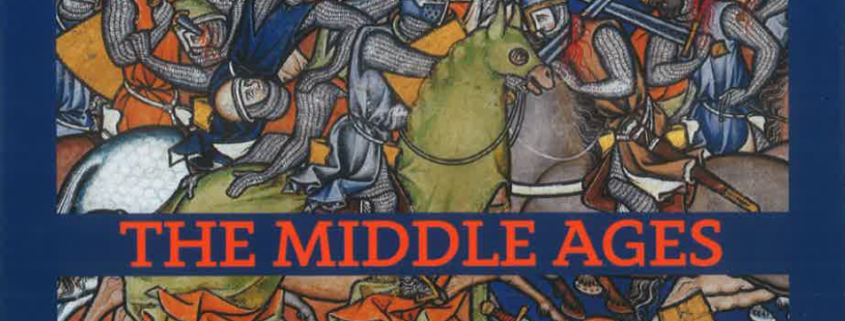The Medieval Era in Coins
It’s back to business as usual here at ECC after the ANA show in Pittsburgh. Time to unpack and do a full inventory of our NGC stock…fun times. We hope everyone who attended had an excellent time and found all the coins (and banknotes, and even medals) they were looking for. Returning to our bi-weekly-ish look at what’s happening in history, the end of August is all about the medieval period (yep, a break from Constantine!).
On August 24th, 410 AD, Alaric’s Vandals pounced upon Rome and plundered the holy city. This launched the European Dark Ages, an era of backsliding civilization that didn’t end for a millennium. Science and mathematics virtually vanished (much of what was considered “math” would today be called astronomy or even astrology), and little art and literature was produced that was not directly related to the Catholic church. The order that the Romans had carefully built was gone.
While one can point to Alaric’s sack of Rome as the start of the Medieval Era (though there are other dates and causes put forward, such as 476 AD and Romulus Augustulus’ surrender to Odoacer, and plenty of fun debate about it all), the end is harder to pinpoint. Should it be the fall of Constantinople to the Ottomans, which parallels the fall of Rome and brought scholars fleeing to Europe with their books? In 1300s Italy, where new art styles were taking off? Or should it be later, once the full effects of the printing press and the 95 theses were being felt, and modern Europe was beginning to emerge from the Dark Ages? I had a professor in college who insisted that the dividing moment between the Medieval Period and modernity was the 1532 publication of Niccolo Machiavelli’s The Prince. Interesting guy.
As a coin collector, you can take your pick. ECC has plenty to chose from, from Sigismund III’s polkers (who was crowned king of Poland on August 19, 1587, and spent much of his life caught between factions the Romans could not have imagined: Protestant and Catholic, Swedish and Polish, etc) to pious Hungarian denars of the same century, to coins used across the world, like these coins from Malacca (that the Portuguese captured on August 15, 1511) as Europe became able to look beyond its own borders for the first time since the glory days of Rome. Explore our full stock, from the fall of Rome to the Crusades to the Renaissance here.




